Thermal Energy Storage: Sensible Heat vs. Latent Heat

What are Sensible Heat and Latent Heat storage?
Thermal energy storage can be differentiated by a lot of characteristics. The distinction between sensible and latent thermal batteries is aiming to differentiate between the material used in the storage systems.
Sensible heat storage is based on heating a material without changing its phase. The material is heated up by heat transfer. Its storage capacity is determined by the material’s specific heat capacity, the temperature difference between charging and discharging, and the volume or mass of material. Common storage media include molten salts, sand, rocks, ceramics, or concrete.
Kraftblock developed a specific material to improve the characteristics needed to increase heat capacity and fast charge and discharge to meet the operational reality of industries. Read more about Kraftblock’s special storage material here.
Latent heat storage relies on the heat absorbed or released during a material’s phase change, typically from solid to liquid. During this transition, large amounts of energy are stored at nearly constant temperatures which is ideal for applications requiring thermal stability.
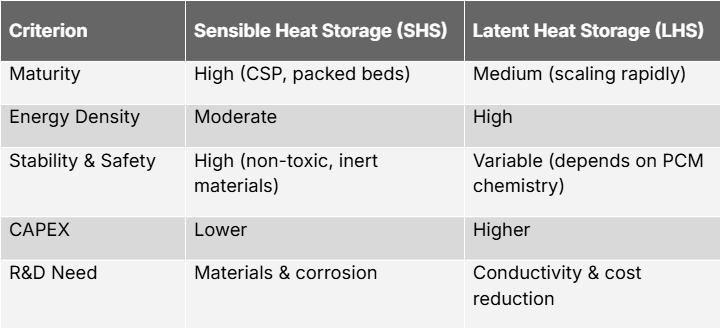
Recent R&D has focused on high-temperature Phase Change Materials (PCM) such as metallic alloys, salts, which also can be latent, and solid-solid transitions. Aluminum-Silicon (Al-Si) based PCMs [6], for example, can operate at up to 1000°C and achieve impressive latent heat values above 900 J/gK, which can be up to twice as much as sensible heat storage material. Some experimental alloys have shown even higher capacities, with melting points above 1000°C and exceptional thermal performance.
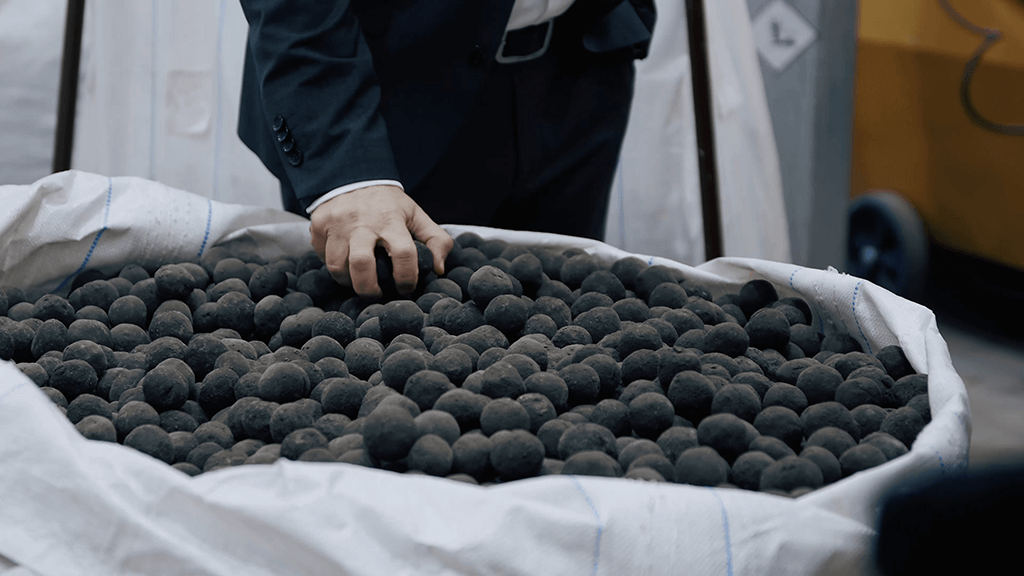
Why Thermal Energy Storage is important in the Energy Transition
As the global energy transition accelerates, decarbonizing industrial heat becomes one of the most pressing [1] and technically demanding tasks. Thermal energy storage (TES) operating above 400°C, and in some cases up to 1500°C, plays a critical role in this transformation. By enabling both the electrification of heat processes and the recovery of high-value industrial waste heat, high-temperature TES closes a fundamental gap in the future energy system.
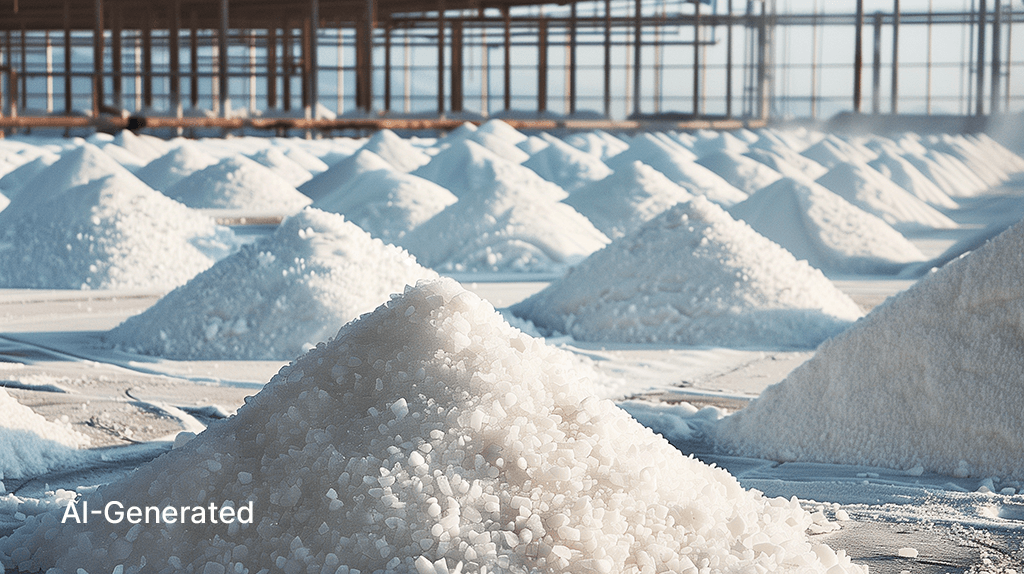
The basic principle is straightforward: store heat directly or converted from electricity when it’s cheap or available, release it when needed - the technology landscape is diverse. Two main approaches dominate the field: sensible heat storage (SHS) and latent heat storage (LHS). Each has its advantages, trade-offs, and implications for CAPEX, OPEX, and industrial integration.
What are the main differences between sensible and latent thermal energy storage?
Apart from the material, one key factor is the technology readiness level (TLR). Sensible heat, especially molten salts, are the standard for many CSP applications [3], operating typically between 290°C and 565°C. Packed-bed systems, on the other hand, use solid materials and can reach well above 1000°C. Kraftblock, a packed-bed system, has proven its market readiness as well in several projects.
Latent heat materials have a lower technology readiness level and are primarily analyzed in research so far. The phase change of materials makes the design of the storage tank and the energy storage system more difficult than in simple systems that sensible heat storage materials use. Many materials are also reactive to certain elements, which leads to increased safety measures.
What is the cost of sensible heat storage materials and latent heat storage materials?
Sensible heat storage materials benefit from relatively low costs, both in terms of investment and operations. Systems based on rocks or ceramics often achieve capital costs below $35 per kilowatt-hour thermal (kWhth), making them particularly attractive for large-scale deployment.
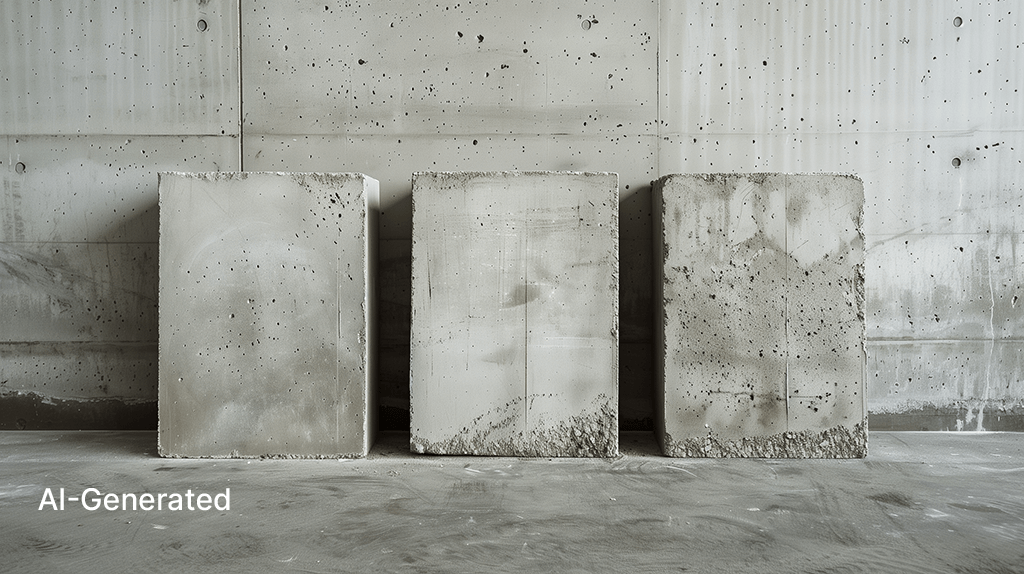
Kraftblock’s sensible heat material is upcycled from slags which are a waste product and thus especially inexpensive even lowering the investment costs for heat batteries.
Economically, Latent Heat Storage Material remains more expensive. Phase-Change materials (PCM), especially metal-based ones, are costly and often require encapsulation to ensure stability and prevent degradation. Depending on material and system design, capital costs can exceed $100 per kWhth. Despite these costs, several demonstrators proved the concept viable at industrial scale.
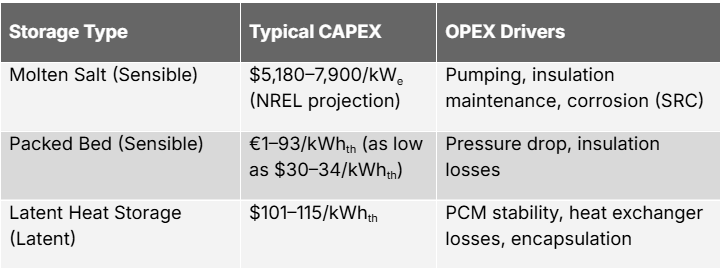
The energy density of sensible heat materials and latent heat storage materials
The key promise of Latent Heat storage material research lies in its energy density: for the same footprint, latent systems can store significantly more energy than their sensible counterparts. Small storage systems are an important factor on many industrial sites. But this benefit comes at a cost. Many PCMs, especially in the solid phase, suffer from low thermal conductivity, limiting charge and discharge rates. To address this, advanced designs incorporate materials like graphite foam or nano-enhanced composites to accelerate heat transfer.
Sensible heat storage has a lower energy density mainly determined by the heat capacity and the temperature of the process. The high-temperature approach of Kraftblock achieves an outstanding capacity of up to 1.2MWh per m³, one of the best in sensible storage. Charging and discharging is more efficient in sensible heat storage, which is a key factor in industrial process heat operations.
How does maintenance and safety compare in sensible heat storage and latent heat storage?
Both systems are in general more maintenance friendly than for example an industrial heat pump with few moving parts and simple storage system parts. While sensible heat material usually is not moving or changing, it is very simple to charge and discharge, making maintenance effort very low. Thus, the system has practically no hazards. An exemption is molten salt which can be corrosive at high temperatures and is a special waste. Kraftblock systems are specially designed for low maintenance and parts of the system can even be maintained while operating, leading to no shut downs in the industry.
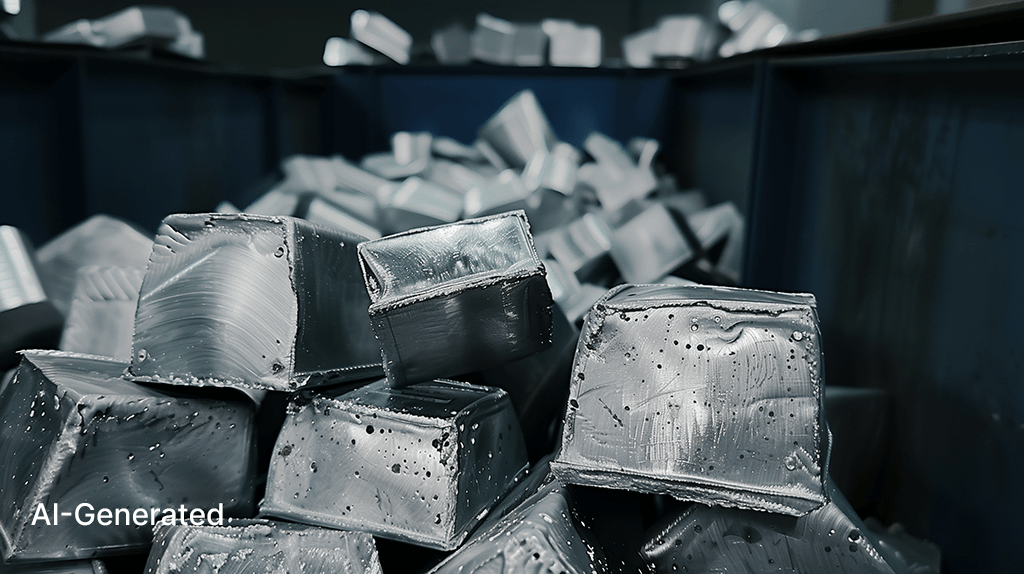
Latent heat storage has completely different safety requirements as the material changes and a storage must be laid out for solid and liquid forms. The commonly used alloy 347H, for instance, suffers from stress relaxation cracking above 550°C, which leads to operational risks and costly repairs. New materials like Therma 4910 show promising resistance and could help extend system lifetimes. The additional complexity of latent heat storage regarding maintenance and safe operation also means a larger CAPEX and OPEX of the plant.
The broader economic perspective: Costs are not just material costs
The real economic value of high-temperature thermal energy storage emerges not only in its CAPEX or OPEX, but in how it integrates with the broader energy system. By enabling peak shaving, load shifting, electrification, and waste heat valorization, TES can lower the total cost of energy across an industrial site.
For molten salt systems, CAPEX has historically been high - over $7,000 per kWel when integrated with CSP towers [8]. However, significant cost declines are forecast as the technology scales. Packed-bed systems using rocks, ceramics or Kraftblock material offer a much flatter cost curve, with lower investment and simpler construction.
Latent Heat Storage technologies, despite their high density, remain expensive. Commercial PCM systems still require intensive engineering and are not yet cost-competitive for all applications. However, where space is limited or constant temperature output is mission-critical, the added investment may be justified.
Combination of Kraftblock and Molten Salt
In the Newcline project, Kraftblock material was used to replace the most part of cost-intensive molten salt in a thermal energy storage demonstrator at DLR. Here molten salt was used not only as storage media but also as heat transfer fluid. The larger capacity could be used with Kraftblock material which is rather cheap in comparison thus improving economics of existing molten salt storage. Learn more about the project here.
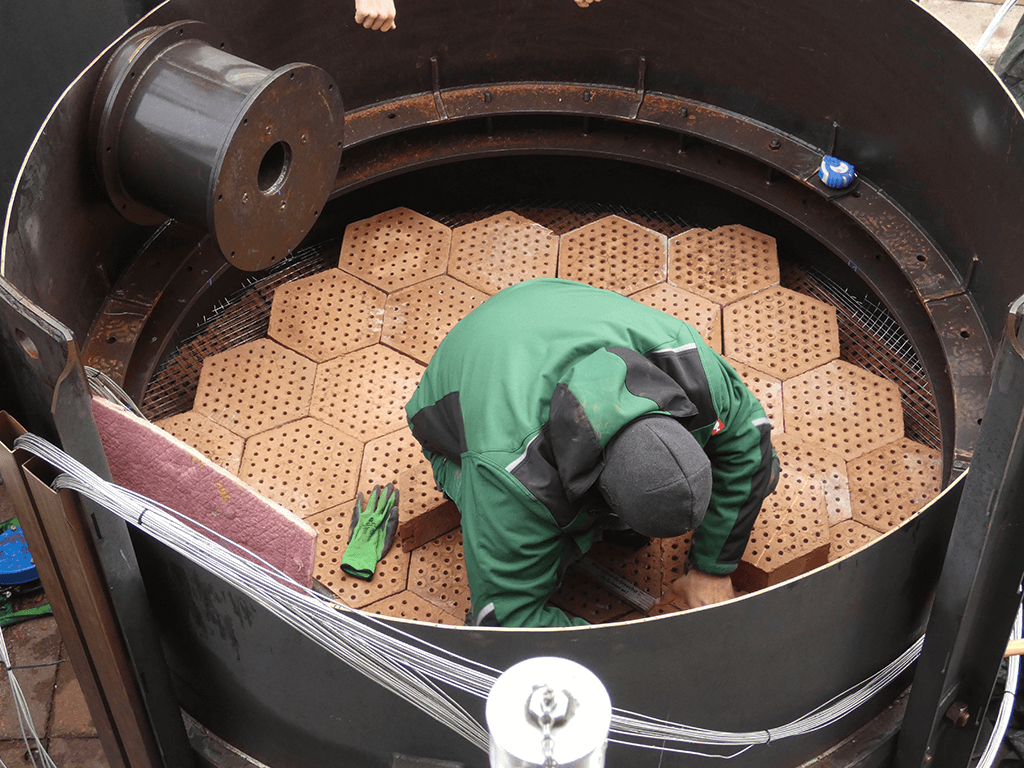
References
- Solar Thermal World (2024): Worldwide overview of high-temperature energy storage system providers. Online: https://solarthermalworld.org/news/worldwide-overview-of-high-temperature-energy-storage-system-providers/
- Joris van Niel and Ken Somers with Chiara Magni and Marcin Hajłasz, McKinsey Sustainability (2024): Net-zero electrical heat: A turning point in feasibility. Online: https://www.mckinsey.com/capabilities/sustainability/our-insights/net-zero-electrical-heat-a-turning-point-in-feasibility
- Sven Eckert, Helmholtz Zentrum Dresden Düsseldorf (2025): Electrification of industrial processes. Online: https://www.hzdr.de/db/Cms?pOid=73776&pNid=0&pLang=en
- Karlsruhe Institute for Technology (2024): Energy Storage Systems: 100 Times Better Heat Transfer Thanks to the Use of Liquid Metal. Online: https://www.kit.edu/kit/english/pi_2024_029_energy-storage-systems-100-times-better-heat-transfer-thanks-to-the-use-of-liquid-metal.php
- Matthias Rehfeldt, Simon Bußmann, Tobias Fleiter (all Fraunhofer ISI), Jeffrey Rissman (Energy Innovation), Agora Industry (2024): Direct electrification of industrial process heat. Online: https://www.agora-industry.org/publications/direct-electrification-of-industrial-process-heat
- Entelios (2024): How Industrial Companies Can Use the Electrification of their Heat Generation as an Additional Source of Revenue. Online: https://www.entelios.de/en/how-industrial-companies-can-use-the-electrification-of-their-heat-generation-as-an-additional-source-of-revenue/
- National Renewable Energy Lab: Concentrating Solar Power. Online: https://atb.nrel.gov/electricity/2024/concentrating_solar_power
- Karri Takki, Statzon(2024): Thermal Energy Storage Market Trends and Leaders (2024-2032). https://statzon.com/editors-highlights/thermal-energy-storage-market-key-trends-growth-drivers-market-segmentation-and-leading-players-2024-2032
- European Commission, Joint Research Centre, Clean Energy Observatory (2024): Novel Thermal Energy Storage in theEuropean Union. Online: https://publications.jrc.ec.europa.eu/repository/bitstream/JRC135002/JRC135002_01.pdf
- Susan Kramer, SolarPaces (2024): Long-duration thermal energy storage in sand begins NREL demo. Online: https://www.solarpaces.org/100-hour-thermal-energy-storage-in-sand-begins-nrel-demo/
